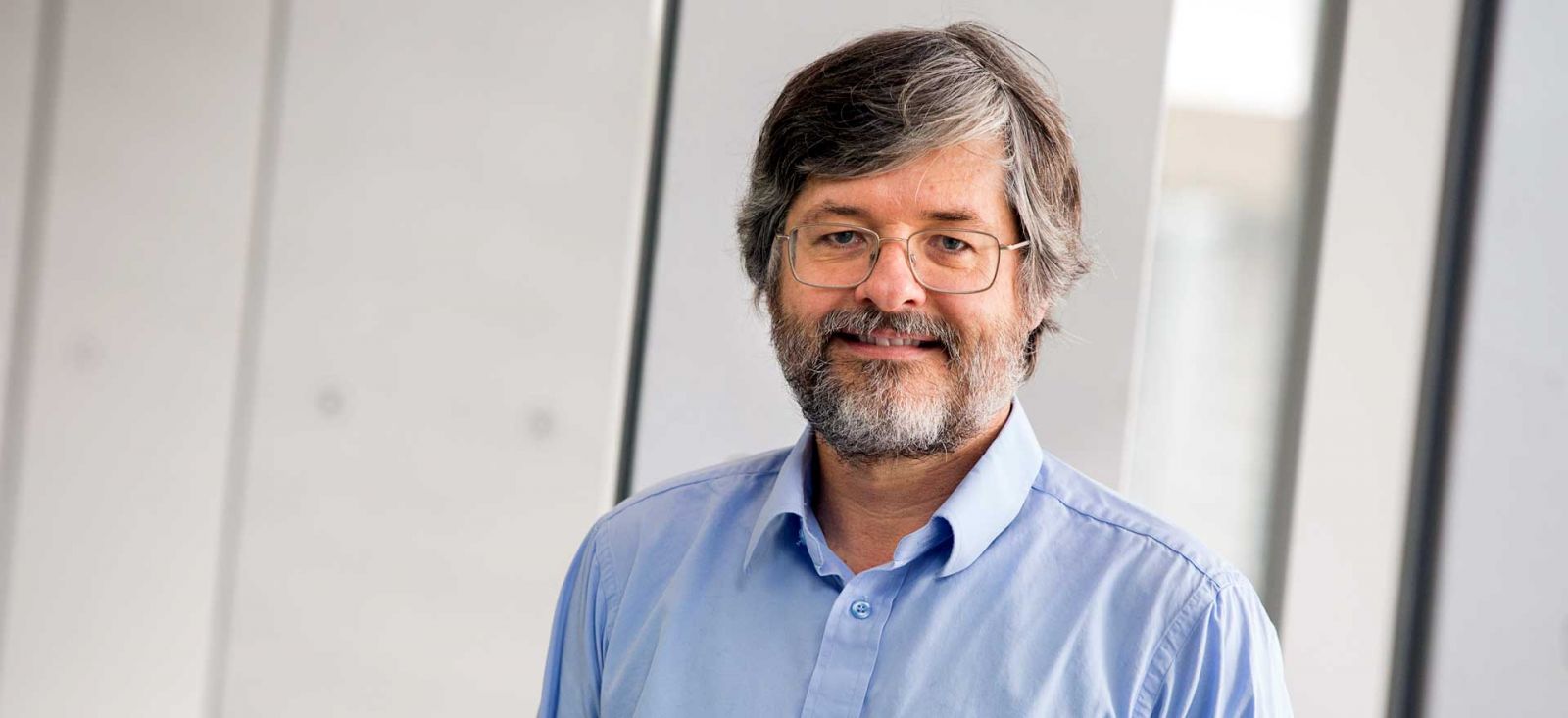Director's Blog - 27 November 2018 - Building for the future..

Earlier in the year, in my Director’s message, I spoke about imagining the future.
The ability to drive future discovery is often not limited by our scientific imagination, but by the limits of the power or sensitivity of the instruments that exist that allow us to better ‘see’ or measure reality. Somehow, the deeper we delve, the more complexity we uncover.
Bio21’s platform technology facilities house cutting edge, powerful and sensitive instruments to investigate molecules that are the fabric of life and the materials around us. We face the challenge, however, of constantly needing to renew instruments to remain at the cutting edge, but also see an opportunity for growing to build capacity within the Melbourne Biomedical Precinct, by adding new equipment and facilities.
This week the Australian Cancer Research Foundation (ACRF) Translational Proteomics Facility was officially opened. The Facility consists of a suite of instruments distributed across two of the VCCC partner organisations, the University of Melbourne (Bio21 Institute) and the Peter McCallum Cancer Centre. The instrumentation purchased with the support of the ACRF is being used to conduct protein-based assays that will inform the treatment of cancer patients with targeted cancer therapies.
In addition to this, last week a new X-ray diffractometer, a Rigaku XtalLAB Synergy S, was the first instrument to be installed in the new Melbourne Protein Characterisation Platform, in the basement of Bio21’s David Penington building. The Synergy S was purchased with the help of an ARC LIEF grant awarded to Jonathan White, Mike Griffin and colleagues. The Melbourne Protein Characterisation (MPC) platform will consist of four facilities, to support each step of the process involved in protein production, protein characterisation, protein interactions and X-ray crystallography.
Bio21 is very fortunate to be the proud owner of two cryo-EM microscopes, installed late last year, that were funded through an ARC LIEF grant awarded to James Whisstock, myself and colleagues in 2016. Jacques Dubochet, Joachim Frank and Richard Henderson helped to develop single particle cryo-electron (cryo-EM) microscopy, a technique that fires beams of electrons at proteins that have been frozen in solution, to deduce the biomolecules’ structure, at the atomic level. These microscopes are revolutionary instruments in biology and this was recognised last year by the award of the 2017 Nobel Prize in Chemistry to these pioneers.
With the acquisition of these microscopes, the Advanced Microscopy Facility located on the first floor of the Bio21 David Penington building is becoming increasingly cramped and unfortunately Bio21 doesn’t have the appropriate space for our electron microscopes.
The microscopes are sensitive to electromagnetic interference such as generated from the tramlines in Flemington Road and the train lines that will be installed as part of the Metro Train Project and the acoustic noise. For these reasons, new state-of-the-art electron microscopes cannot be easily located in the main Bio21 building or the Nancy Millis (Stage 2B) building.
To address this issue, during his time as Director, Malcolm McConville planned for this challenge by proposing an extension to the Nancy Millis building: an extension that would stretch across to the current Veterinary Research Institute (VRI) building and blend in with both buildings.
The VRI is a beautiful old building with its western and northern walls visible to residents in Park Drive and Storey Street. A striking feature visible from the neighbouring streets is the white Art Nouveau detailing providing a visual contrast to the red brick walls. The VRI was built in 1909 as the university veterinary school but has had a chequered history.
We intend to redevelop the site, which we call ‘Stage 2C’, to house our microscopes that would replace the northern and southern wings, connecting to the Nancy Millis building via a link, whilst retaining the original western building. In this way, the beautiful heritage details of the building will be conserved and brought to new prominence, when combined and contrasted with the proposed new structures; melding the beautiful Victorian design features with the very best of today’s design, that heralds the future.
In December we will officially open the Bio21 ‘Stage 2B’ building that is named in honour of Nancy Millis. After the media launch and opening in the morning, we are inviting all of the Bio21 community members to celebrate the opening, which has provided custom-made mass spectrometry laboratories and additional laboratory and office space for CSL’s Global Hub for Translation Medicine. As a diverse research community that includes academic, industry, platform and specialised support staff, equipped with the most cutting-edge instruments and situated in the heart of a world class Melbourne Biomedical Precinct, we have much to celebrate.
Professor Michael Parker
Director, Bio21 Institute

